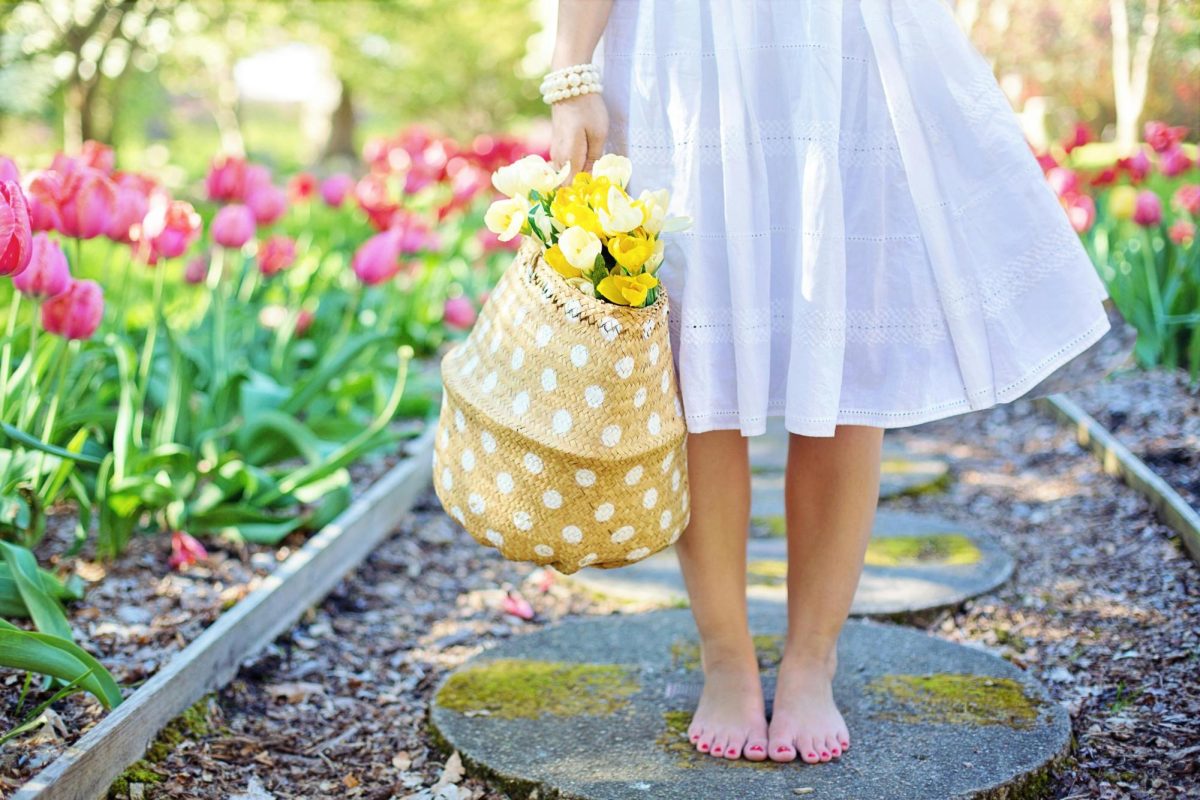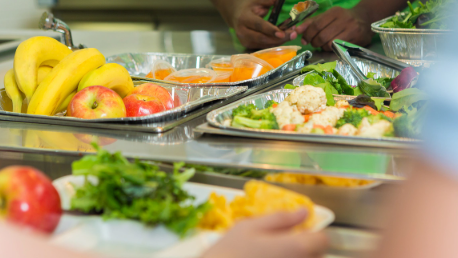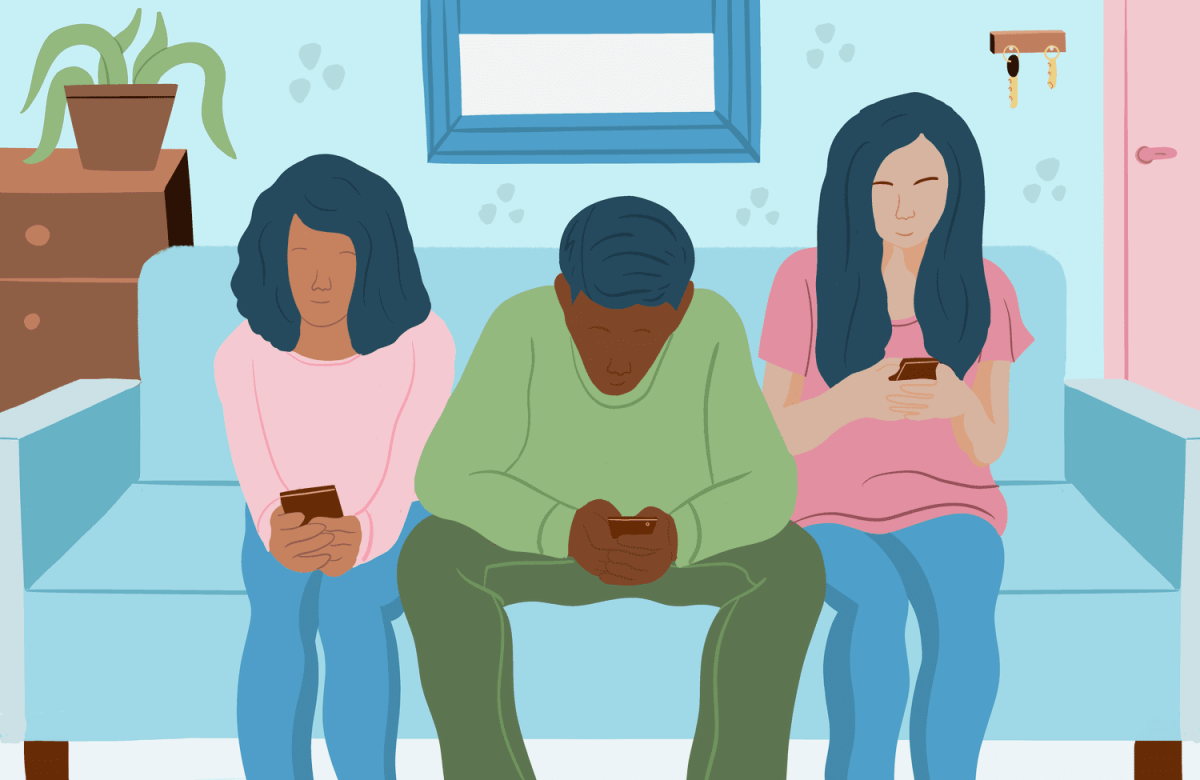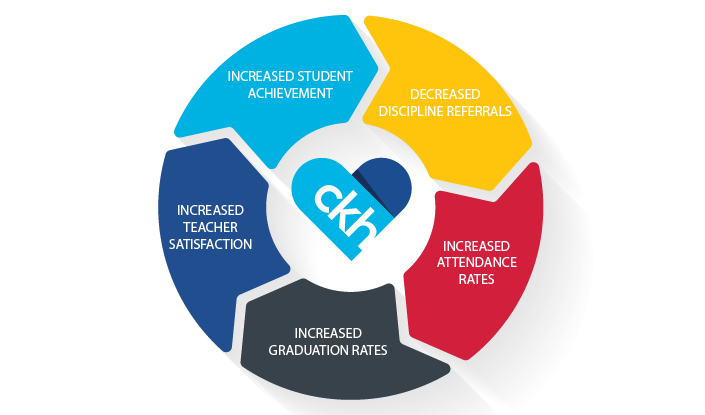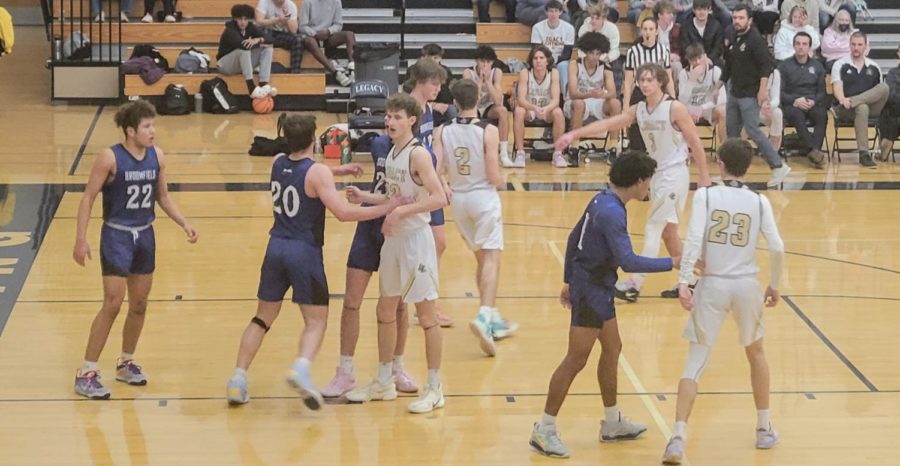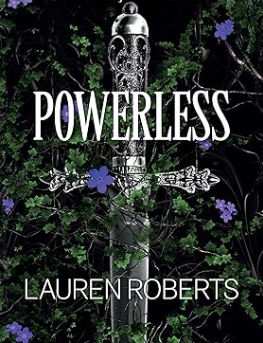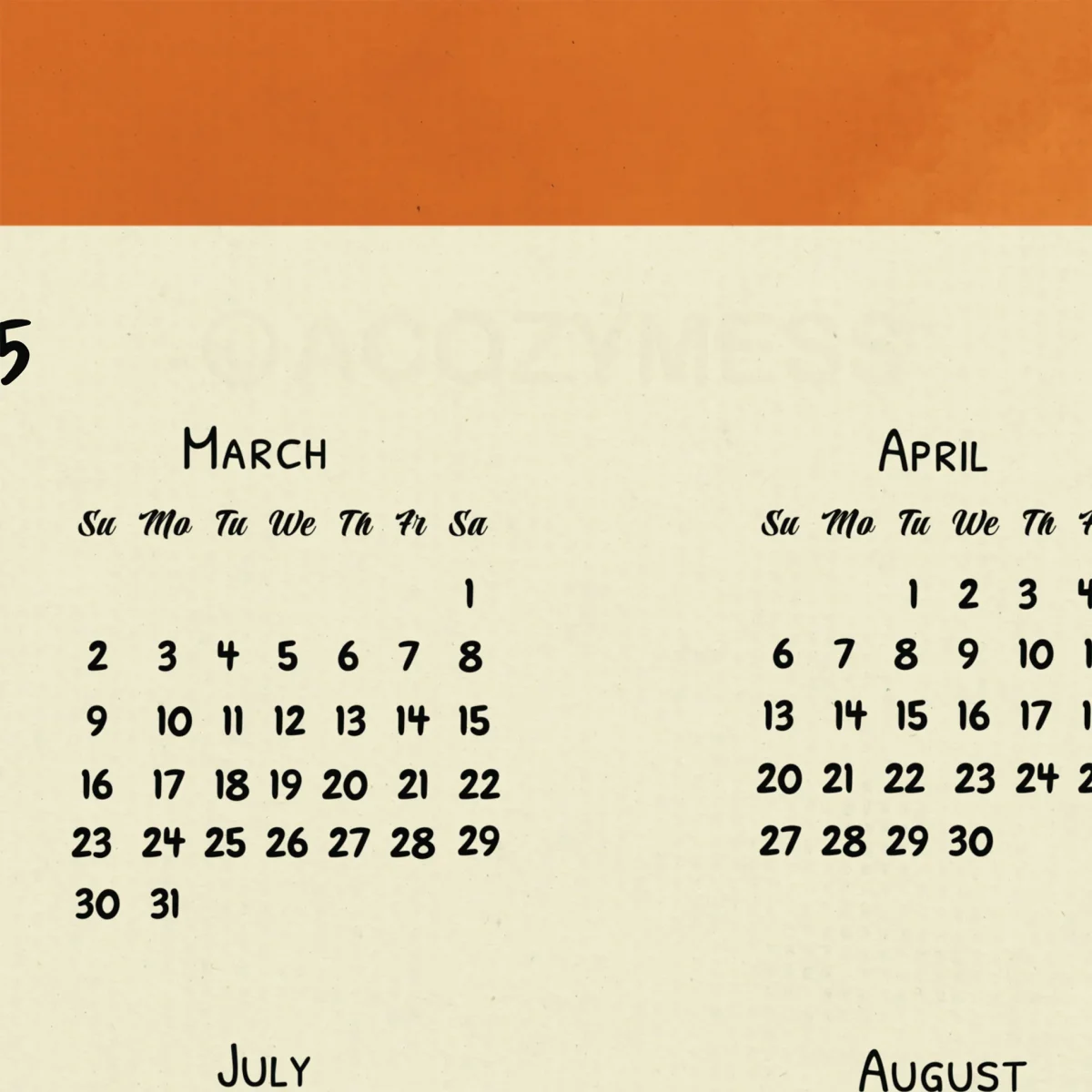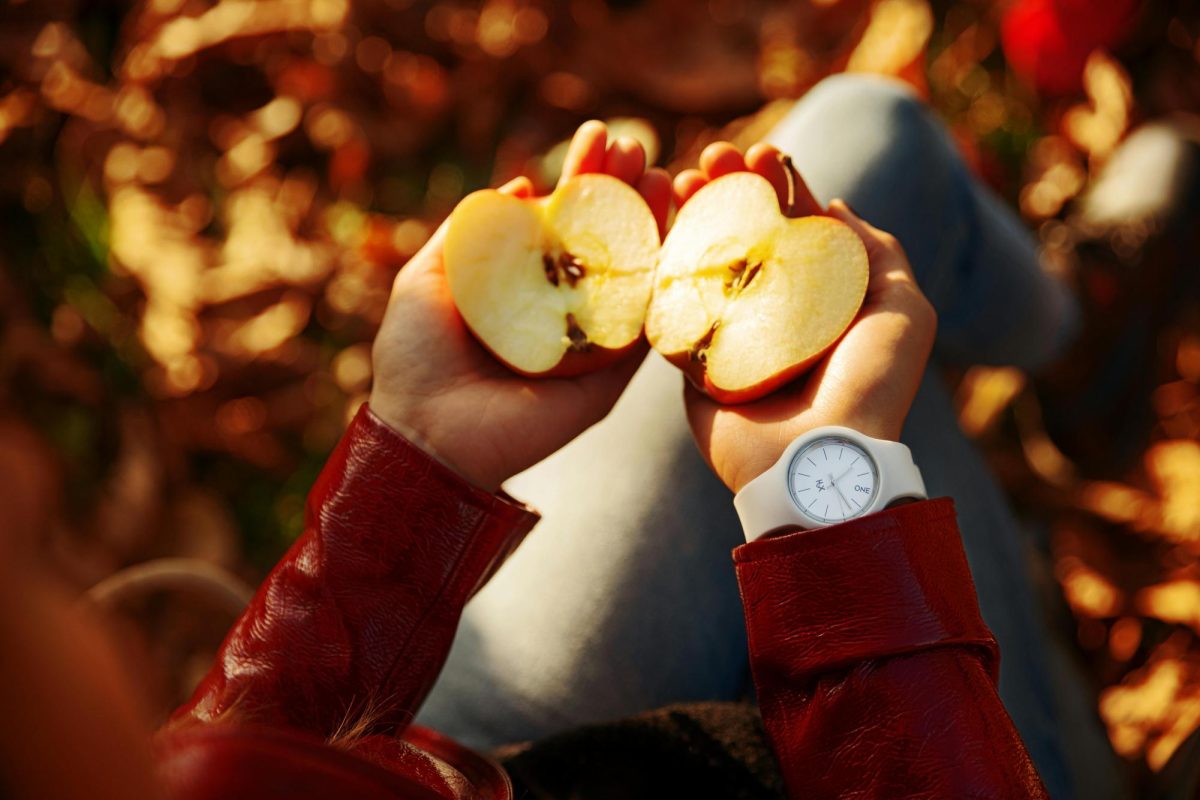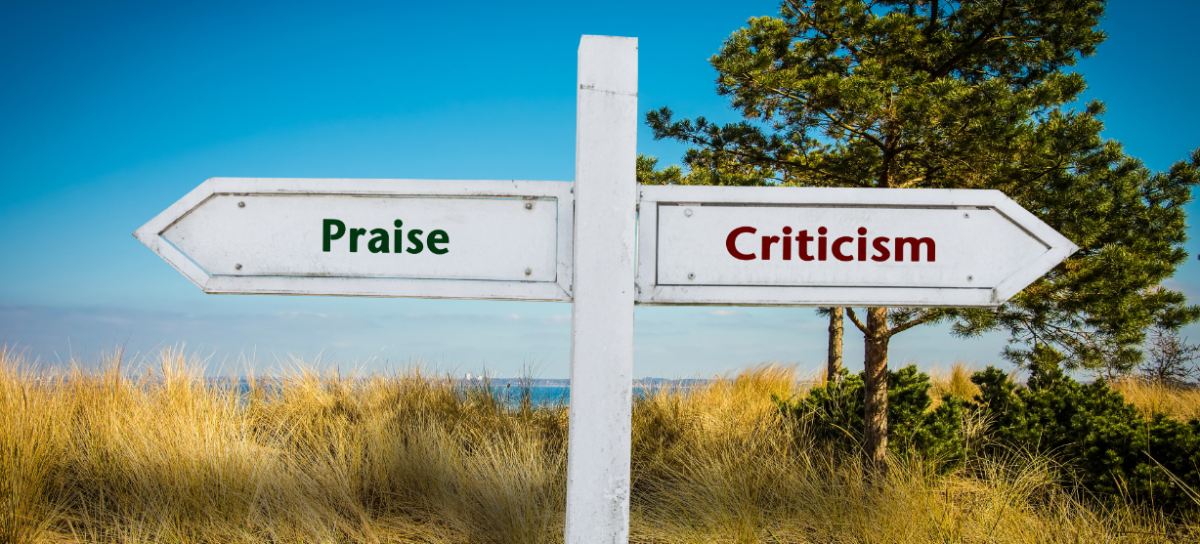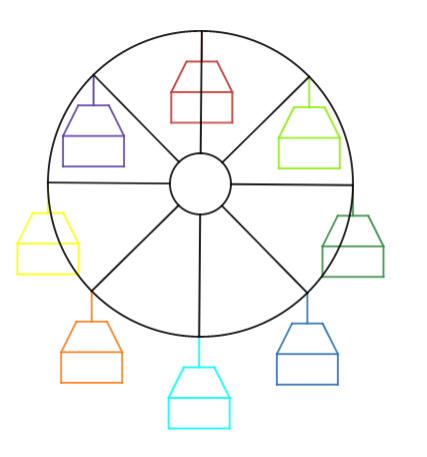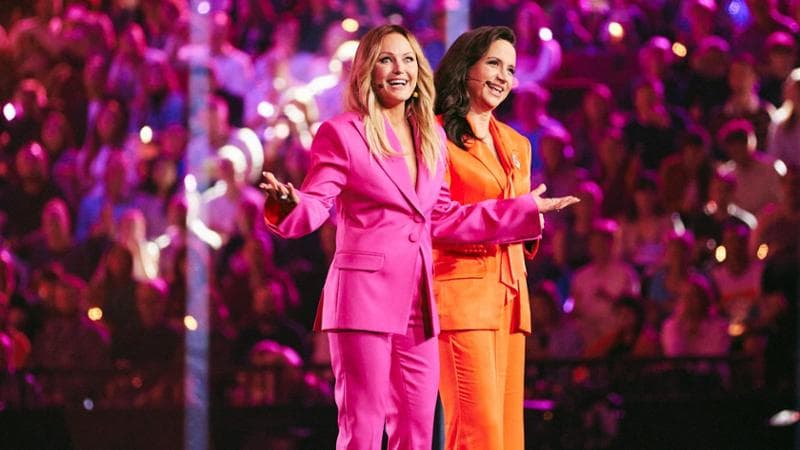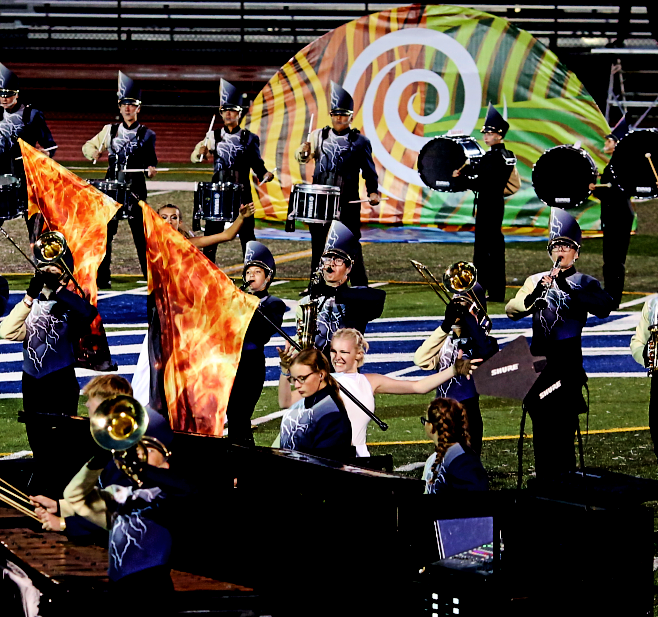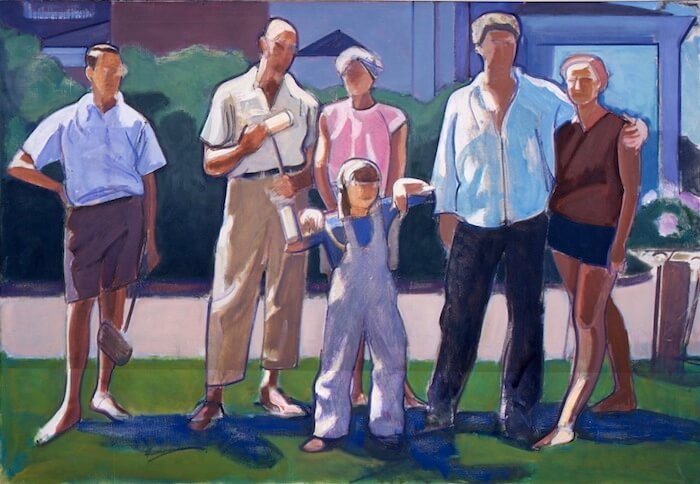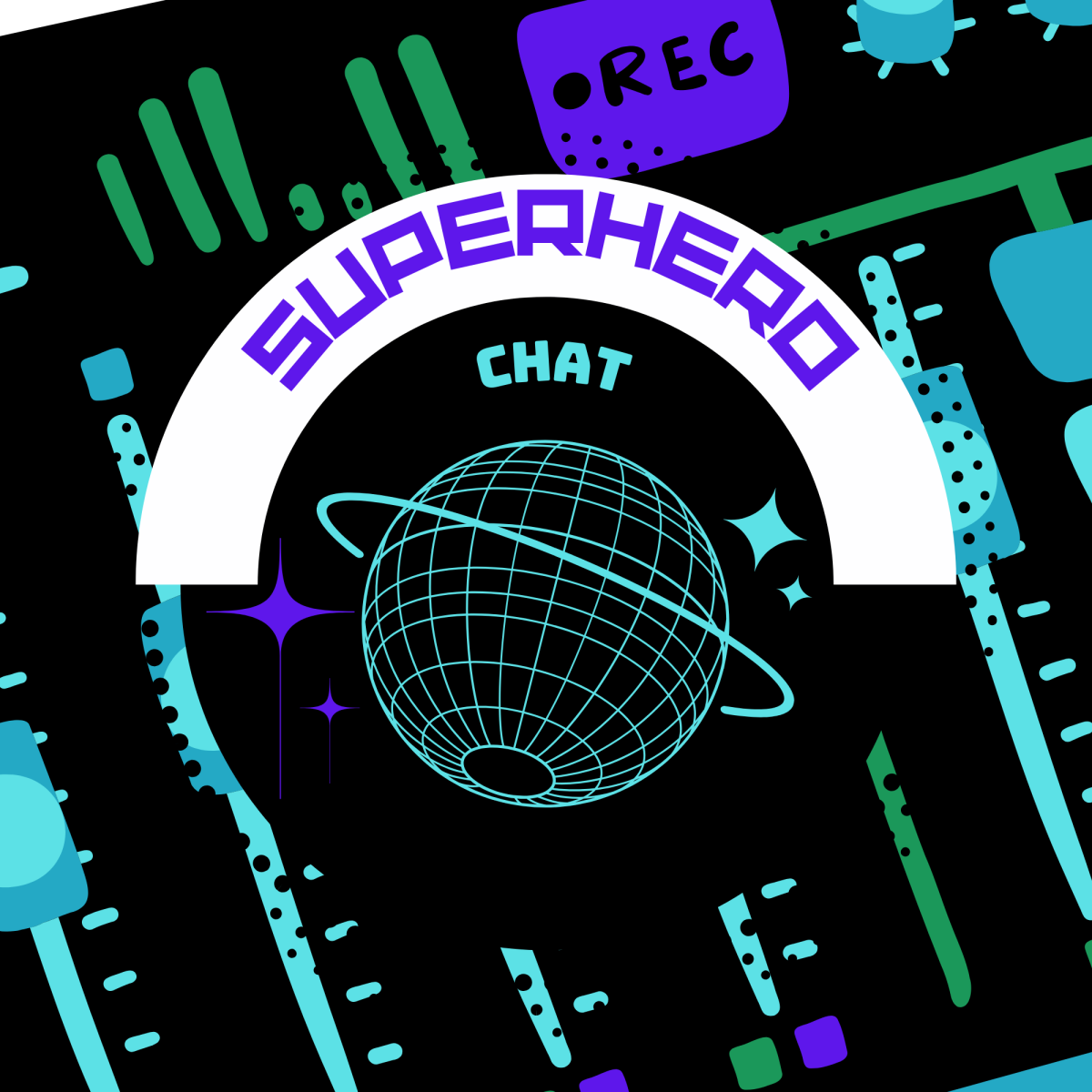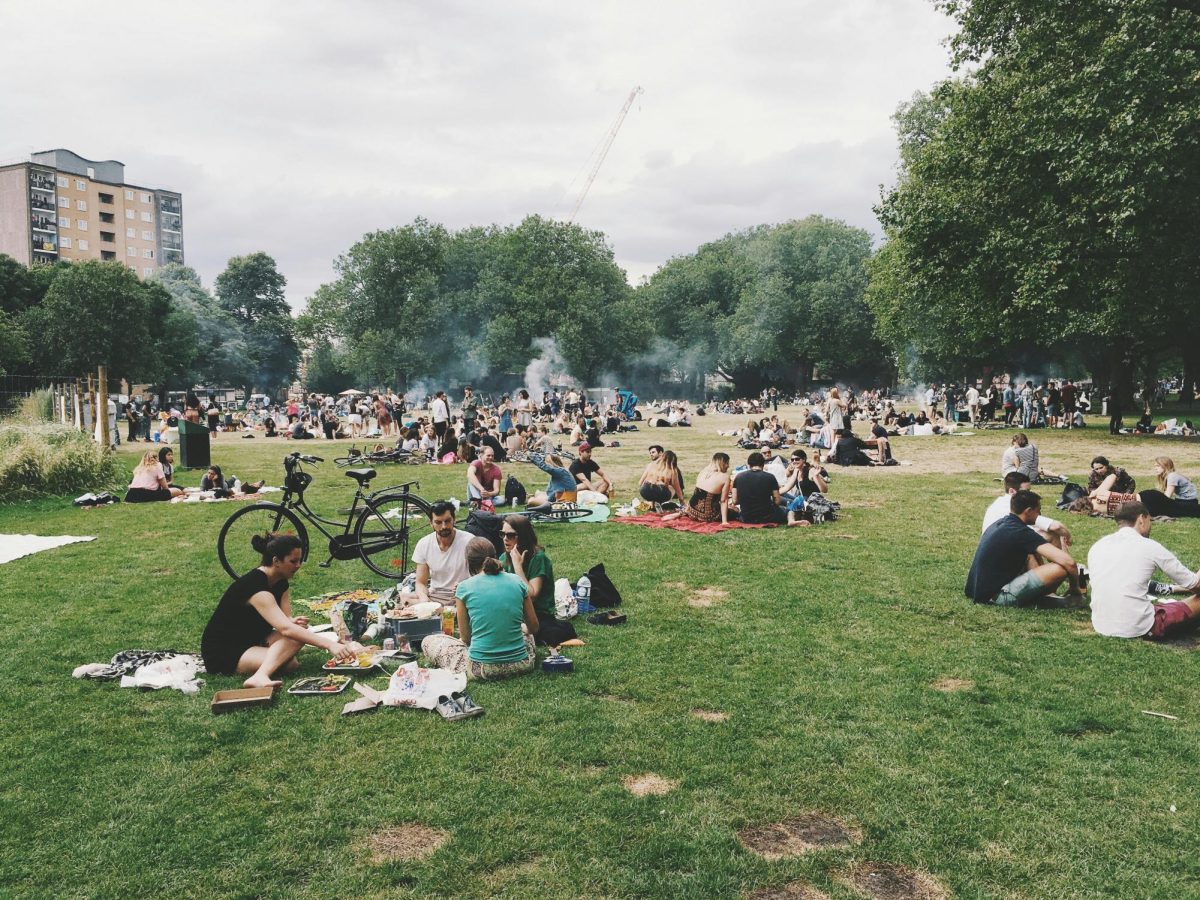In life, it is important to have a physical space where you can socialize. Popularized by Ray Oldenburg, the ‘Third Space’ is a popular concept in sociology which refers to this social space. The Third Space is separate from home (the first space) and work/school (the second space), and it serves as an anchor for community and social life.
Having a third space can significantly improve social and mental health, as it allows you to interact with people and communities in a way that encourages new connections and friendships. Loneliness is a growing epidemic across the world – most notably affecting teens. A third space provides a welcome environment where conversation and socialization is not only encouraged, but the main focus. Third spaces allow you to converse with people who are different from you, perhaps more so than your family and friends. A third space automatically puts you and others on the same team, which may help you to find valuable new insights and perspectives on life.
It is important to remember that socialization and community doesn’t happen if you don’t make attempts to socialize. Simply showing up to a third space won’t bring any benefits unless you are open to conversation with strangers. Even though this may be uncomfortable at first, the benefits of third spaces far outweigh the temporary awkwardness. Having an established third space can make you feel more connected to your community and to other people.
So then, how can you find your own third space?
Adopting a Third Space
Ideally, a third space should be conversation-focused and open to socialization. Interestingly, many popular third spaces have become less conversation focused since the COVID-19 pandemic. For example – many cafes used to encourage staying and enjoying your drink, but during the pandemic, seating was removed and never replaced. Now, some cafes have very little seating and patrons are expected to get in, order a drink, and get out. So then, in this post-pandemic era, where can you find a space for you? Luckily, there are still many options:
Community Gardens
Community gardens are great places to visit if you’re in the market for a third space. While some community gardens charge a nominal fee for a small plot of land ($15 – $25), many others focus more on the community aspect of gardening. In these gardens, there are no plots of land and no fees – every visitor contributes to the seeding, weeding, and harvesting of the entire garden. Whether you choose to have your own plot or share with others, community gardens serve as great spaces to socialize and find a community. Community gardens with designated plots set you up well for socialization, as they create a ‘neighborhood’ of gardeners. Striking a conversation with your neighbor is as easy as complimenting hard work, asking to borrow a tool, or offering advice. Later on, you could extend past your garden neighborhood by offering to trade produce – this also lets you bring home a tasty treat for when you get back home. The Broomfield Community Garden even pairs new members up with garden ‘veterans’, who can help you learn how to garden and become your automatic friend.
Community Centers
Community Centers like YMCA, YWCA, and local recreation centers also fit the bill for excellent third spaces. However, they often require monthly membership fees, and certain classes often cost more on top of the membership fee. While this may not be an issue, a third space tends to cost very little – to limit a visitor’s obligation to visit frequently. Remember, a third space should feel optional. Luckily, there are ways to get around paying membership fees. For example, if you attend a Broomfield school (eg. Legacy), turning in a vape or e-cigarette can get you a three-month pass to the Paul-Derda Recreational Center. Depending on where you live, there are many programs you can apply to. Another example is the MyDenver card, available to Denver residents 5-18 years old. This card grants free admission to many Denver museums and community centers. To find passes you qualify for, try looking up things like ‘free programs in [your home city]’.
In the unfortunate case you can’t find any passes available to you, some community centers charge a ‘drop in rate’ of around $2.50 to $6.50 per day. Others offer punch passes that can grant you 20 free entries, for about $2 per entry. Memberships tend to offer lower rates than a punch pass, but may put pressure on you to visit enough to ‘make your money worth it’. In contrast, a punch pass holds less commitment because you can use the 20 punches at your own leisure.
Shopping Centers
Shopping centers are consistently popular third spaces and can take many different forms. Malls and cafes are frequently referred to as great third spaces, although I somewhat disagree due to the pressure you may feel to purchase something in exchange for companionship. Regardless, these spaces are so popular for a reason. Particularly, cafes are universally recognized as third spaces both in real life and in media – for example, the TV show Cheers focuses on the regulars of a third space bar. It is cautioned that if you choose to use a cafe as a third space, you may not want to go to a chain cafe such as Starbucks. This is in part because the culture of Starbucks has shifted in the past decade as more of a service than a third space. Additionally, it is believed that third spaces can feel more welcoming if the money you spend goes directly back to the community, rather than some far-off company in Seattle. Instead, search for locally owned cafes and businesses, which often have more ‘stay a while’ culture and less pressure to buy something.
Athletic Courts
Athletic courts are a common place people can visit to exercise and meet new people. While gyms tend to be poor third spaces (as most people are not there to socialize) athletic courts have more of a focus on communication. You can join other games or invite others to play with you. This encourages communication and camaraderie between players. Conversations between matches or even during matches are frequent. Most recreation centers offer gyms with athletic courts and special rooms for racquetball; however, it often costs money to access the courts. As an alternative, many neighborhoods and public parks have athletic courts that are open to the public.
Artist Spaces
If you’re looking for a place to express yourself creatively, then there are plenty of spaces for you. It’s important to keep in mind that most studios have a membership charge or drop-in fee because studios have to pay for more materials than other public spaces. One such example is the Art Students League of Denver, which has a $60 annual fee. With this membership, you can access the studio on weekdays from 9-5. In the studio, you can communicate with other artists and collaborate on projects. You can also get pointers and assistance from artists more experienced than you. If $60 is out of your price range, you might want to consider open studio events. For example, The Art Garage in Denver hosts a pay-what-you-can event every month. With just a penny, you can get access to both a colorful community and a well-stocked creative studio.
Public Parks
Public Parks are a common and affordable third space. If you have a pet, dog parks are easy places to socialize because your pet does most of the work! You can simply ask about a dog your pet is playing with and talk with the owner while the two pets play together. You might also run into a group doing yoga or tai chi, who would likely be willing to let you exercise with them.
SCFD Free Days
If you’re looking to engage with the community, but not necessarily tie yourself down to one place, SCFD Free Days are great places to start. The Scientific and Cultural Facilities District (SCFD) is a Colorado-based community funding model that provides great opportunities to Colorado communities and residents. By visiting scfd.org and scrolling to the bottom of the page, you can see SCFD Free Days. These are dates where entry to Colorado spaces waives their entry fees, allowing people to visit for free. With SCFD Free Days and a clear calendar, you can visit the Denver Zoo, the Denver Museum of Nature & Science, the Denver Art Museum, and much more.
Public Libraries & Bookstores
In my opinion, public libraries and bookstores are excellent best third spaces. Not only do they offer an enormous selection of free activities, books, audiobooks, and movies, but they also boast a surprisingly large and passionate community. Many public libraries serve as community centers where people from all walks of life come to enjoy socializing. If you’re looking to find community, you could consider joining a book club or attending library events (such as movie nights and scheduled ‘teen hangouts’). The Anythink Library at Wright Farms is uniquely spectacular because it has a dedicated studio room to allow people to craft and create at no cost to them. In this studio, you can register for free classes that cover many topics, such as oven mitt making, 3D printing, and tie-dye coasters. The Anythink Library at Wright Farms also has an in-house cafe open from 9-5. Here, socialization and conversation come easy as you can bond with fellow patrons over a cup of coffee. The cafe creates an open space where socialization is encouraged, as opposed to certain ‘whisper zones’ sprinkled around the library. There are also many cozy hangouts where you can simply sit and read with others. Finally, the Anythink Library at Wright Farms also has a community garden and an outdoor meeting area where communities can bloom.
Conclusions
Third spaces are an important step towards having a well-balanced and social life. If none of the previously mentioned areas seemed to call out to you, don’t worry! There are many more places where you can find community. Even online, there are sites to communicate and socialize. So, take the time to visit your public library or park, and see what there is to offer.


